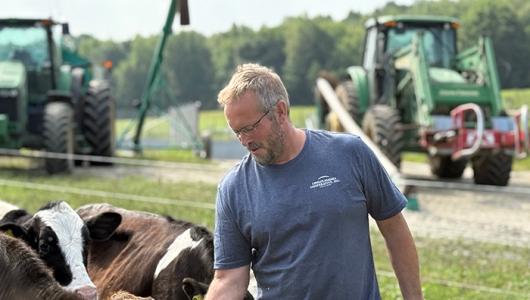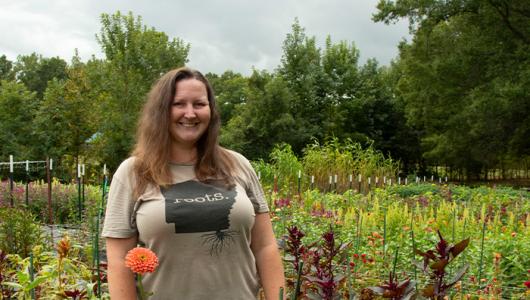Despite not being raised on a farm, Michael Heine of Clay County, South Dakota, has found his own value in farming. His father farmed until the early 1990s, but Michael did not have the chance to farm with his father.
“Beginning farmers who are kids of existing farmers don’t always know why they [their farming parents] do what they do,” said Michael. And without knowing the why, it can be a struggle to learn the how.
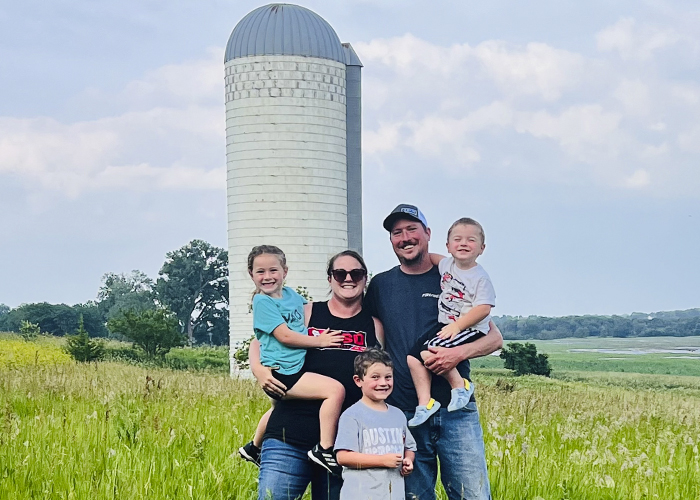
Michael’s farming journey began in fall of 2022 when he rented the family land, and he chose to forgo the fields’ historical tillage and pursue no-till planting with cover crops. Michael is set on farming and teaching his kids the importance of protecting land through conservation management and soil health practices.
When Michael needed help with soil compaction and water erosion, he contacted the Natural Resources Conservation Service (NRCS) office in Vermillion and began working with District Conservationist Ryan Frickel. “Ryan has a passion for soil health and helping farmers like me,” said Michael.
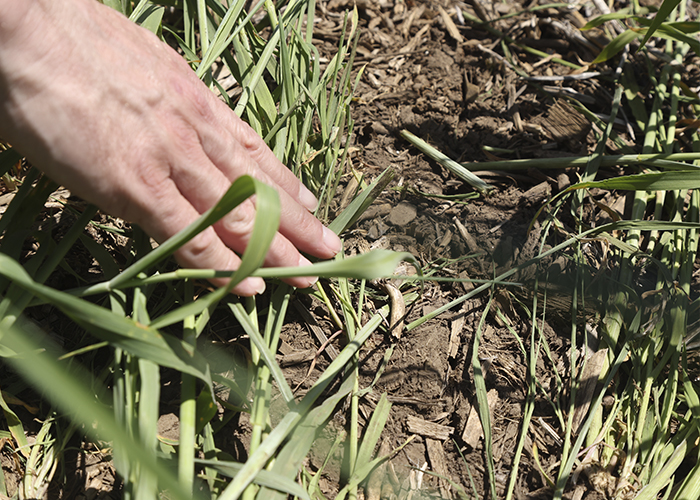
Working with Ryan, Michael received an Environmental Quality Incentives Program (EQIP) contract funded by the that includes financial assistance for no-till planting and cover cropping. He plans to inter-seed cereal rye into his standing corn for soil health benefits.
The Inflation Reduction Act provides an additional $19.5 billion for NRCS to deliver financial and technical assistance to producers for
conservation activities through existing USDA conservation programs.
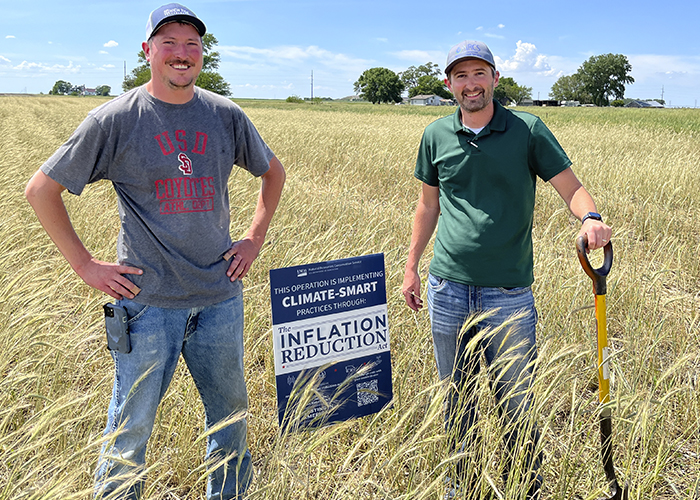
Last fall, Michael broadcasted cereal rye at the field borders to address compaction and in the areas susceptible to water erosion. “You can see the beginnings of gully erosion from our spring rains, but the soil is stabilized once the water flow reaches Michael’s cereal rye,” says Ryan. Michael no-till planted corn into that standing cereal rye this spring. In addition to their soil erosion benefits and contributions to soil health, no-till and cover crops can reduce carbon dioxide emissions when the soil is disturbed and enhance soil organic carbon.
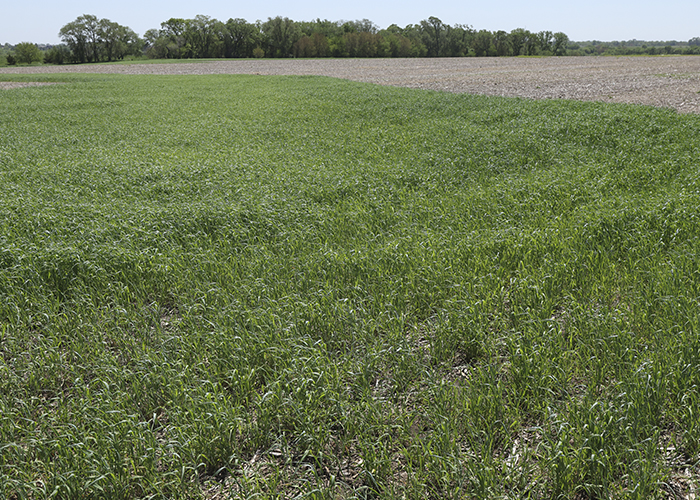
The demand for NRCS financial assistance for soil health conservation practices has historically far exceeded the available funds. But now many of these applications can be approved due to the additional funding from the Inflation Reduction Act. Over half of this year’s beginning farmer contracts in South Dakota, including Michael’s contract, were able to be funded due to the Inflation Reduction Act funds.
Miguel Hernandez, Public Affairs Intern, NRCS, South Dakota

